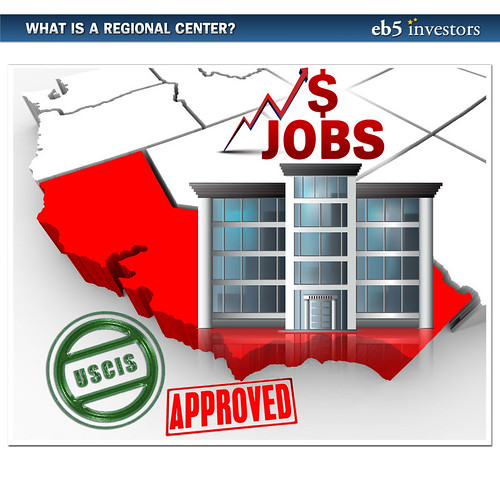There are two general investment options that can be made by EB-5 visa applicants. The applicants can choose to make a direct investment into a new commercial enterprise or they can invest through an EB-5 Regional Center. If the applicants choose to invest directly they must locate an investment project of their own. This option is best for those who want more control over their investment and who are more concerned about maximizing the return on their investment.

EB-5 visa applicants can also choose to invest through EB-5 Regional Centers. EB-5 Regional Centers have special designation from United States Citizenship and Immigration Services (USCIS) to administer EB-5 investment projects. A regional center can be any private or public economic entity that is involved with the promotion of increased domestic capital, job creation, improved regional productivity, and increased economic growth. Regional centers are best for EB-5 applicants who are more concerned with obtaining residency status rather than directly managing an investment on their own. Roughly 90 to 95 percent of all EB-5 participants apply through regional center investments each year.
In order to earn its designation, the regional center must demonstrate the region they plan to focus on, how they plan to generate economic growth, how jobs will be created, and how much capital has been raised for EB-5 projects.
Regional centers were established by Congress in 1992 through the introduction of the EB-5 Immigrant Investor Pilot Program through Section 610 of Public Law 102-395. These specially designated business entities were established to facilitate U.S. economic growth through the EB-5 immigrant investment program. Due in part to this high demand, 3,000 of the 10,000 yearly EB-5 visas are reserved for applicants who invest in regional center projects. However, if the 10,000 quota is not met in a year, then regional center applicants can utilize these visas as well. This quota has yet to be met for a single year.
Investment through regional centers carries many advantages for EB-5 visa applicants. Regional centers may afford EB-5 investors the ability to become equity owners of the commercial enterprise that receives their investment. In order to do so, the investor subscribes to the offering if they qualify and pass a due diligence screening. Then the commercial enterprise that the investor has now become an owner of can make a loan or equity investment to the specific EB-5 project. In some cases, the commercial enterprise can be the actual project, but this is much less common.
Job Creation
Regional centers are also subject to different job creation requirements than other EB-5 funded commercial entities. All investments made through EB-5 must lead to the creation of 10 fulltime jobs for U.S. employees. If the EB-5 applicant is investing directly into a business, and not through a regional center, then his or her investment must lead to the creation of 10 direct jobs in the company that received the investment. However, regional centers are subject to less stringent job creation standards. Regional centers can meet USCIS requirements by proving that 10 fulltime direct, indirect, or induced jobs were created from the investment, per each investor. Indirect jobs may include positions that were created in the businesses that provide services or goods to the EB-5 project. Induced jobs are new jobs that are created within the community where a regional center is located as a result of income being spent by EB-5 project workers.
Statistics
Currently, there are 325 USCIS-approved EB-5 Regional Centers in operation across the United States, with more being approved regularly. This is a sharp increase from the 27 regional centers that operated in 2008. Regional centers can receive funding from multiple EB-5 investors, so long as each investor’s investment creates 10 fulltime jobs, which can enable them to accumulate more capital for their projects. Regional centers are also permitted to operate multiple EB-5 projects simultaneously.






